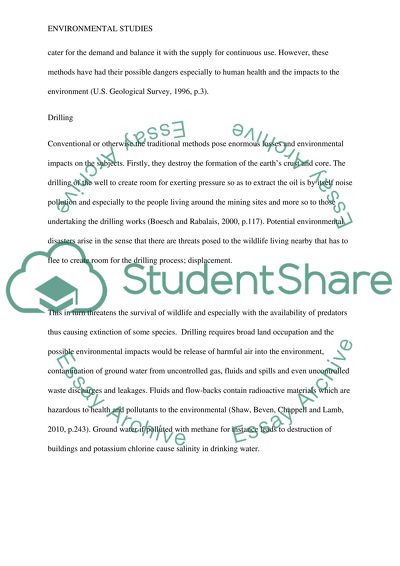Cite this document
(The Surface Tension Between Oil and Water Essay Example | Topics and Well Written Essays - 1500 words, n.d.)
The Surface Tension Between Oil and Water Essay Example | Topics and Well Written Essays - 1500 words. https://studentshare.org/environmental-studies/1453477-the-surface-tension-between-oil-and-water
The Surface Tension Between Oil and Water Essay Example | Topics and Well Written Essays - 1500 words. https://studentshare.org/environmental-studies/1453477-the-surface-tension-between-oil-and-water
(The Surface Tension Between Oil and Water Essay Example | Topics and Well Written Essays - 1500 Words)
The Surface Tension Between Oil and Water Essay Example | Topics and Well Written Essays - 1500 Words. https://studentshare.org/environmental-studies/1453477-the-surface-tension-between-oil-and-water.
The Surface Tension Between Oil and Water Essay Example | Topics and Well Written Essays - 1500 Words. https://studentshare.org/environmental-studies/1453477-the-surface-tension-between-oil-and-water.
“The Surface Tension Between Oil and Water Essay Example | Topics and Well Written Essays - 1500 Words”. https://studentshare.org/environmental-studies/1453477-the-surface-tension-between-oil-and-water.


